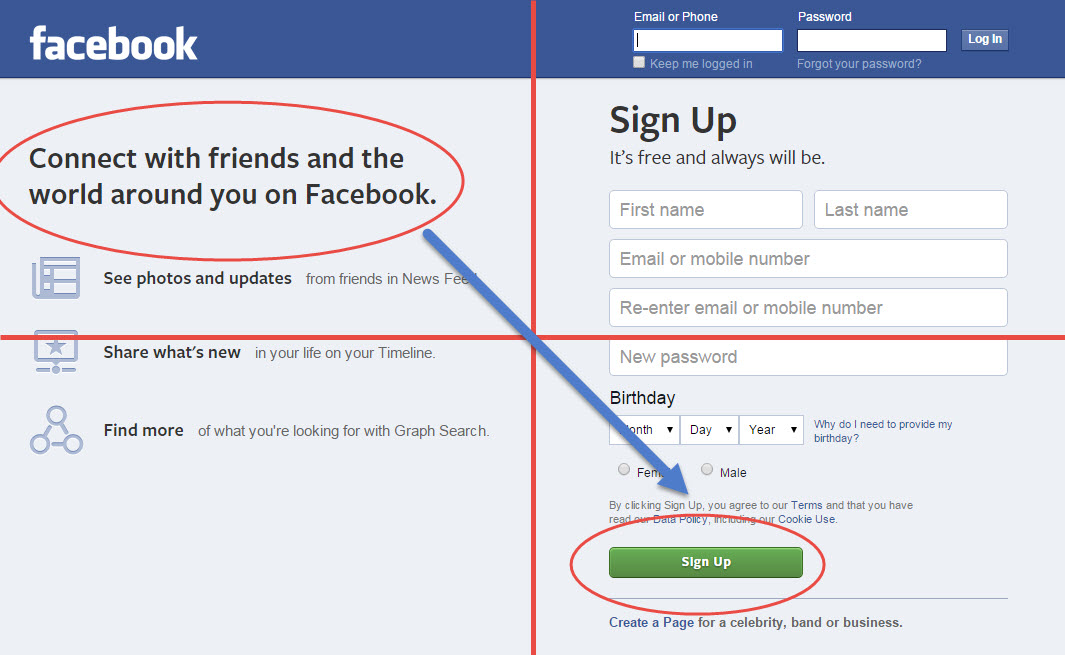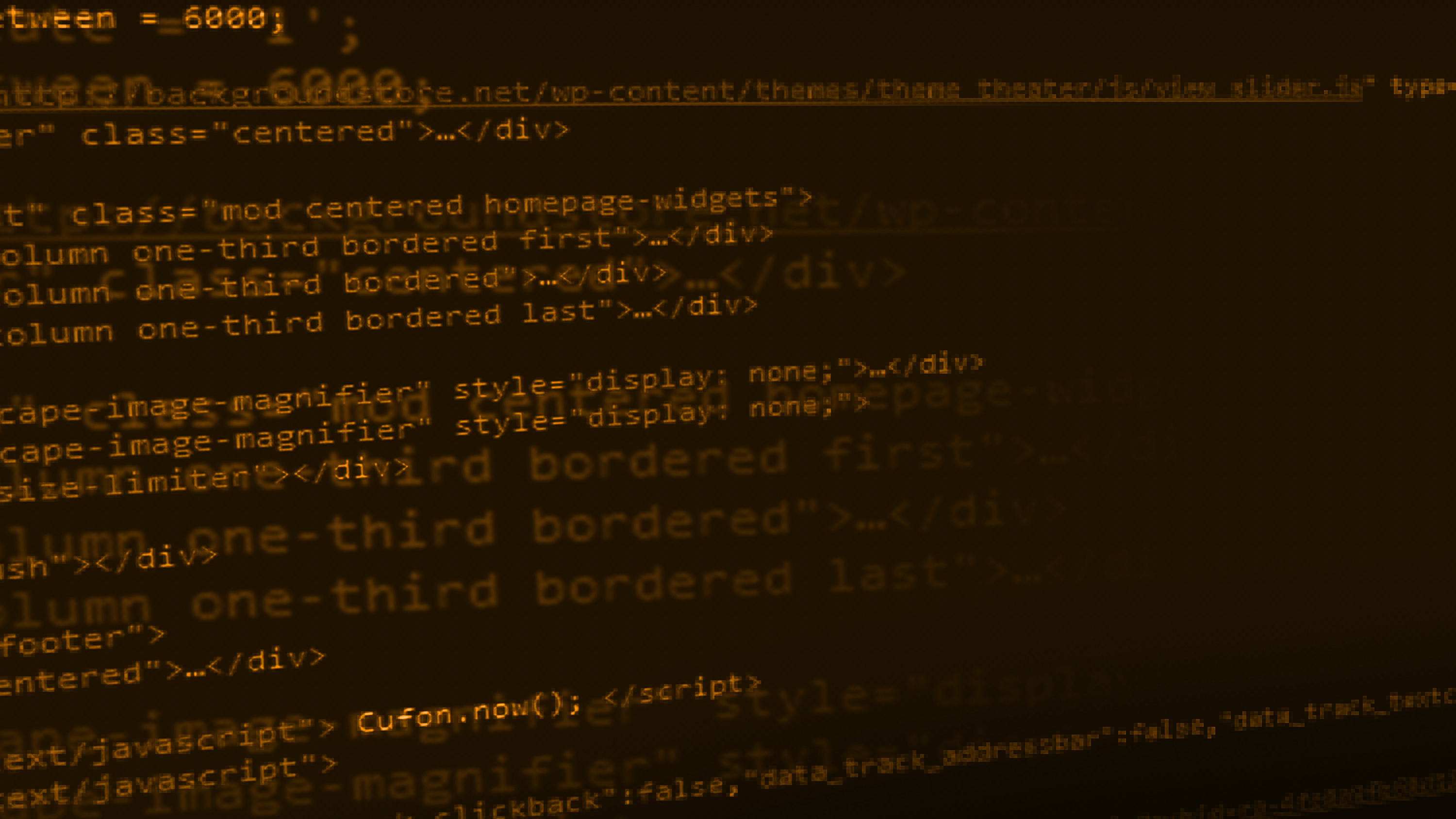My Notes From Day 2 of Berlin’s Conversion Conference
I had to pack an extra suitcase for my flight back to Denver, just to bring back all the knowledge I picked up this week at the 2015 Conversion Conference. The second and final session of the event wrapped up last Wednesday with another full slate of speakers.
Here are some of my notes from the panels I attended.
Conversion Techniques For the Cross Channel, Multi-Device Buyer
Are they listening? Customers increasingly disconnecting from brand messages. Time for a rethink. #MID15 and #SAPNL pic.twitter.com/FhA7t1aSxp
— Charles Nicholls (@webconversion) September 18, 2015
Today’s consumers browse the web across a multitude of devices and they’re savvier than ever. As Charles Nicholls explained, marketing automation has made it incredibly easy to shout at large groups of audiences, but marketers shouldn’t expect any results from it.
Context is key these days. Consumers expect a tailored, personalized experience as they navigate across different devices in the buying process.
Here are some cool tidbits from the talk:
- Personalization in e-mail is huge, and it’s growing more important. Amazon uses a 5 step conversion process from e-mail on mobile browsers.
- In research performed by Nicholls, he found that e-mail was responsible for 63% of mobile conversions across a number of sites he was testing. It was his most productive channel.
Grow that e-mail list. It will pay dividends in the long run.
How to Create Better A/B Tests and Why You Shouldn’t Bank On Best Practices
One of the most entertaining talks at Conversion conference @AGConsult ! #convcon #convconde pic.twitter.com/vxtuvlM6wm
— Jorrin Quest (@JorrinQ) November 4, 2015
One of the overriding themes of this year’s conference is that it’s a horrible idea to simply test everything you can think of, because as the Belgian co-founder of AGConsult Karl Gilis said, “most of these ideas are stupid.”
That also applies onboarding a client and then running down the list of “best practices.”
Personally, I’m all too eager to complain about the guru culture that pervades marketing. Someone turns out a cool result, everyone hails him as the king and then the result gets written as “best practices” and we all start doing it. It’s a stupid idea, because differences in audiences make these ideas completely unreproducible.
In easily the most entertaining presentation of the conference, Gilis walked the audience through some of his own case studies, where a test passed with flying colors in one instance and flopped in the next. This involved delving into perception that green checkmarks work (they don’t) or that fewer fields is better (not always).
The takeaway: A/B testing should be the conclusion of your work, verifying what you already know from examining data. It is not a research tool in itself.
App Conversion Optimization with Douglas
Herausforderung Beauty Mirror: Farbechtheit, Glitzer, Schimmer, Bewegung (Lippen spitzen). @YaelFarkas auf #convcon pic.twitter.com/8O334DqbzK
— ConversionConference (@ConversionKonf) November 4, 2015
Usability optimization takes on a whole new meaning when you’re dealing with apps. Following lunch, Yael Farkas of the German Parfumerie Douglas walked the audience through how they developed an app to showcase their makeup line and build interest in the brand.
One of the key points of the app was an interactive feature that would allow the user to take a photo of herself, “apply” the makeup digitally and see how it would look before purchasing. Because this would have to take in account lighting issues, scaling and photo quality from the user’s end, the app development team had to do a significant amount of optimization to its correction system in order to actually make the makeup display correctly.
Just from where I’m sitting, that seems magnitudes more complex than just moving landing page elements around.
And while an e-commerce website is living out there in cyberspace, the app lives on the user’s mobile device. How do you keep the user interested enough to not simply delete it once she’s used all of the features? Through gamification.
Adding valuable rewards to using features like the makeup preview camera incentivizes users to continue using the app, exposing themselves more to the branding and then purchasing more often.
All in all, it was a fantastic conference. Thank you to the organizers and speakers, and thank you to everyone who patiently endured my rusty, haven’t-been-used-since-college German.
Justin Coons
Recent Posts
Recent Comments
- Shannon Thammasiene on How to Create a Successful Blog
- Sarah on How to Create a Successful Blog
- How to Create a Successful Blog on 5 Free Keyword Research Tools that will Rock your Socks
- Olivier Hamphrey on This Week In Social Media
- Richard Dickerson on Use Email to Sell without Selling




